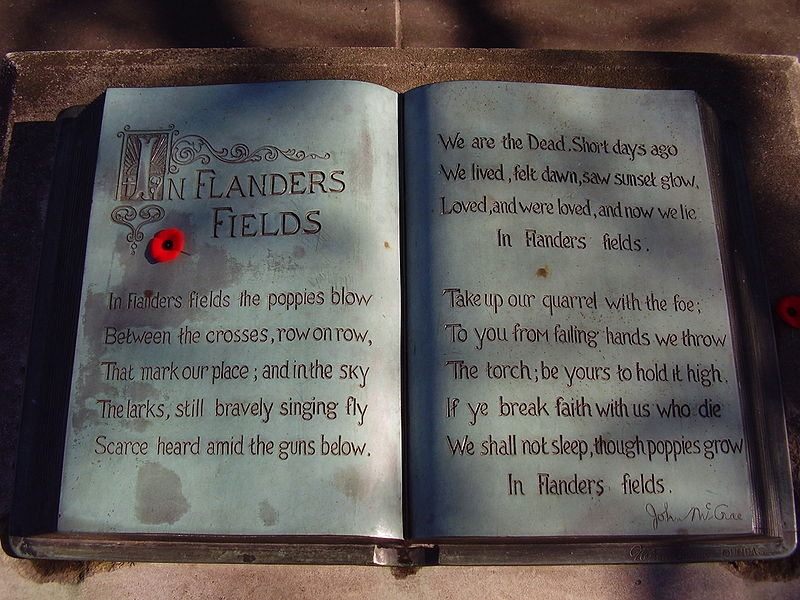
It was no less than a spy thriller when a fearless 22-year-old Usha Mehta from Surat ran an underground radio station to fight the British colonial forces. On her birthday, a thread on India’s bravest radio jockey, fondly known as Radio-Ben, and her secret Congress Radio. 1/n 

Circa 1942 when all the prominent media were under constant British surveillance, a certain Usha Mehta emerged. She grew up highly influenced by Gandhi and was only eight when she joined the protest against the Simon commission. 2/n 

1942 was a terrible time for the Indian press, as the prominent editors were forced to suppress all news on Congress activities to isolate the mass from the momentum of the freedom movement. 3/n
Right after the Quit India movement commenced, this young Gandhian, set up an underground radio station to serve the people who were deprived of information on the political landscape. 4/n
Radio was a powerful medium, and with help from some of her associates, Usha started broadcasting patriotic songs, recorded messages of Congress leaders and other important news to comrades across the country. 5/n
She named it Congress Radio, and to dodge the police, she kept changing the frequency and locations. “This is the Congress radio calling on 42.34 meters from somewhere in India”, her resounding voice echoed. 6/n 

She had messengers all over India informing her about important news. To evade police scrutiny, she would write speeches in invisible ink and record them to be broadcast. 7/n
Each broadcast was an independent bulletin, on varied patriotic interests. She would broadcast on Police brutality, war with Japan, Congress and INA movements, stories of mass demonstrations or the strikes by factory workers. 8/n
Her colleagues - Babubhai Jhaveri, Vithaldas Jhaveri, Nanka Motwane and Nariman Printer helped her secure the pieces of equipment and secret hideouts to run the show, which became a symbol of unadulterated courage and national unity. 9/n
After 88 days of a brief but fearless run, when she was playing Vande Mataram from a gramophone motor on the frequency, police knocked on her door. It was Inspector Ganesh Kokje, CID Special Branch. 10/n
The secret radio station was seized, Usha and friends were arrested and tortured, as someone had leaked the location of their secret hideout. 11/n 

Source: Congress Radio: Usha Mehta and the Underground Radio Station of 1942 by Usha Thakkar. New York Times, Hindu.
• • •
Missing some Tweet in this thread? You can try to
force a refresh
















